Chattanooga, Tenn. (Jan. 10, 2022) – One of IMAX’s superpowers is its unparalleled sense of cinematic immersion, presenting films on a scale that’s so grand — so all-encompassing — that they become like gateways to other places or times.
Few regions on Earth offer ground as fertile for IMAX’s distinct brand of storytelling as Australia’s Northern Territory (“the NT”). This sparsely populated wedge in the center of the continent’s northern rim is the quintessential outback country, an animal-rich, ruggedly gorgeous wilderness covering 548,000 square miles — an area more than twice the size of Texas.
Thanks to the herculean efforts of a remarkably small team from Wild Pacific Media, viewers will feel catapulted to the NT when Australia’s Great Wild North 3D comes to the six-story screen of the Tennessee Aquarium IMAX 3D Theater on Friday, Jan. 14.
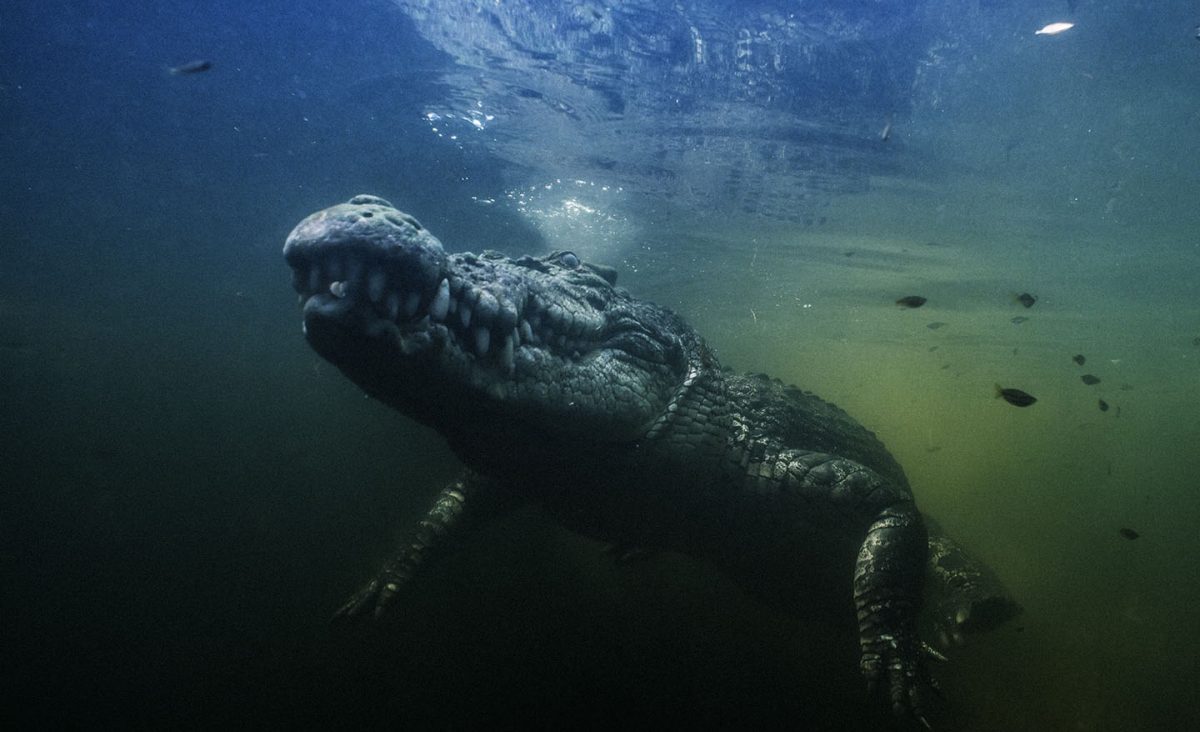
Saltwater Crocodile
Through pin-sharp 3D footage captured on 8K cameras, the film introduces astounding animals and delves into the deeply rooted Aboriginal culture of this untamed, ancient place. Audiences will explore rainforests, sandstone mountains, wetlands and deserts, see cave and cliff-face canvases covered in indigenous art and meet a host of incredible animals, from venomous snakes and sleek sharks to the film’s scaley superstar: dinosaur-like Saltwater Crocodiles (aka “salties”).
“This film is the culmination of ten years working in the Northern Territory making wildlife films,” says Nick Robinson, the film’s writer and director. “As a filmmaker, you don’t often get presented with a chance to do something as ambitious, a 3D, giant-screen film in some of the most beautiful locations on Earth.”
Audiences will experience all stages of salties’ lives, from freshly hatched youngsters to full-fledged adults, the latter of which are captured in thrilling underwater sequences. These scenes show the astounding power and agility of the world’s largest reptile, which can reach 22 feet in length and weigh more than 2,500 pounds.
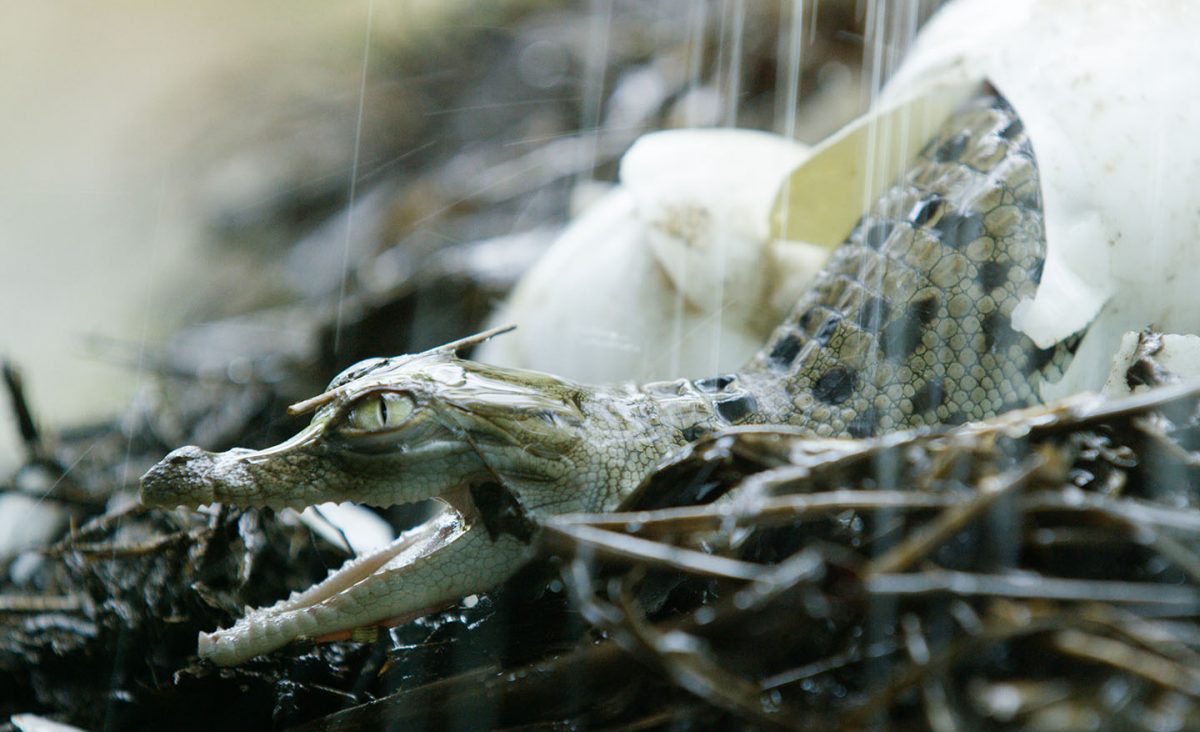
A baby Saltwater Crocodile
While enormous Saltwater Crocodiles serve as the film’s focal point, this ancient apex predator also holds tremendous significance in Aboriginal culture. The filmmaker’s decision to train their sights on these toothy giants was motivated by the film’s Aboriginal narrator, career actor Balang Tommy Lewis.
“He really opened the doors for me to Northern Australia,” Robinson says. “We spent a lot of time with him in the bush. That’s where the seeds of this film were planted. It’s his vision of wilderness that’s described in the film,
“He was the inspiration behind the story and the reason we chose the crocodile. The crocodile is one of Balang’s totems.”
Even after creating numerous other works focused on the land down under, Robinson describes Australia’s Great Wild North 3D as a “high point” of his career.
Having the opportunity to show the world a side of Australia that even natives rarely get to experience — especially to younger viewers — was reward enough for tackling the rugged and often-challenging filming conditions, he says.
“The impact of the film on kids and school groups is so far-reaching and wide,” Robinson says. “It’s showing to a huge number of students, and they’re reaching out to touch crocodiles or getting to know someone’s deep connection to the environment. For me, it’s a high point because the message is strong and because it’s so immersive that it really does have an impact.”
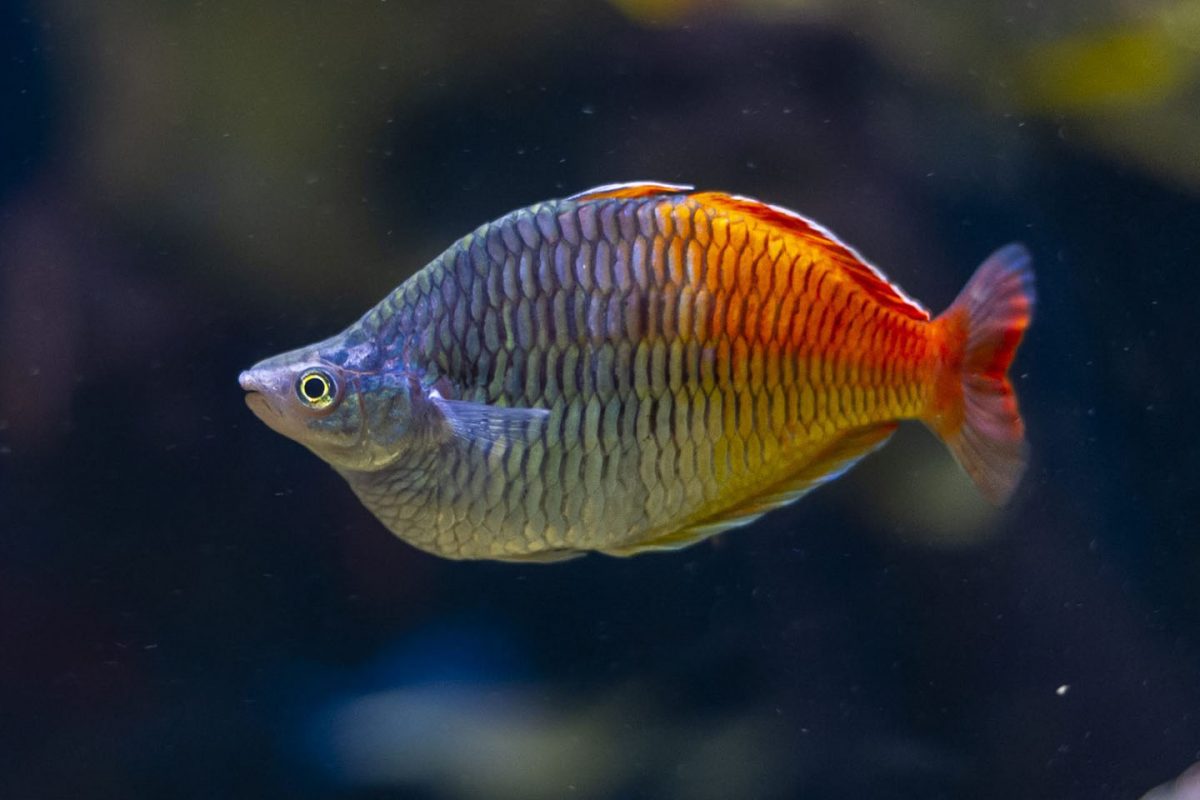
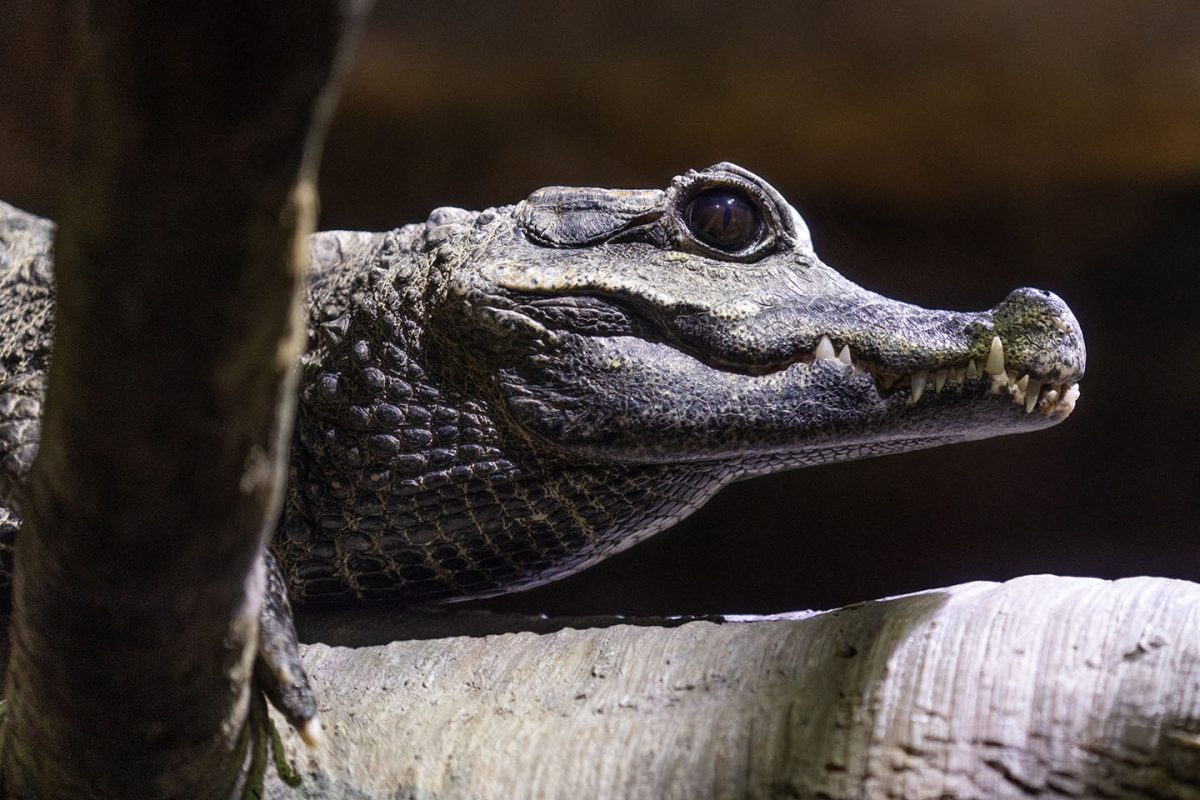
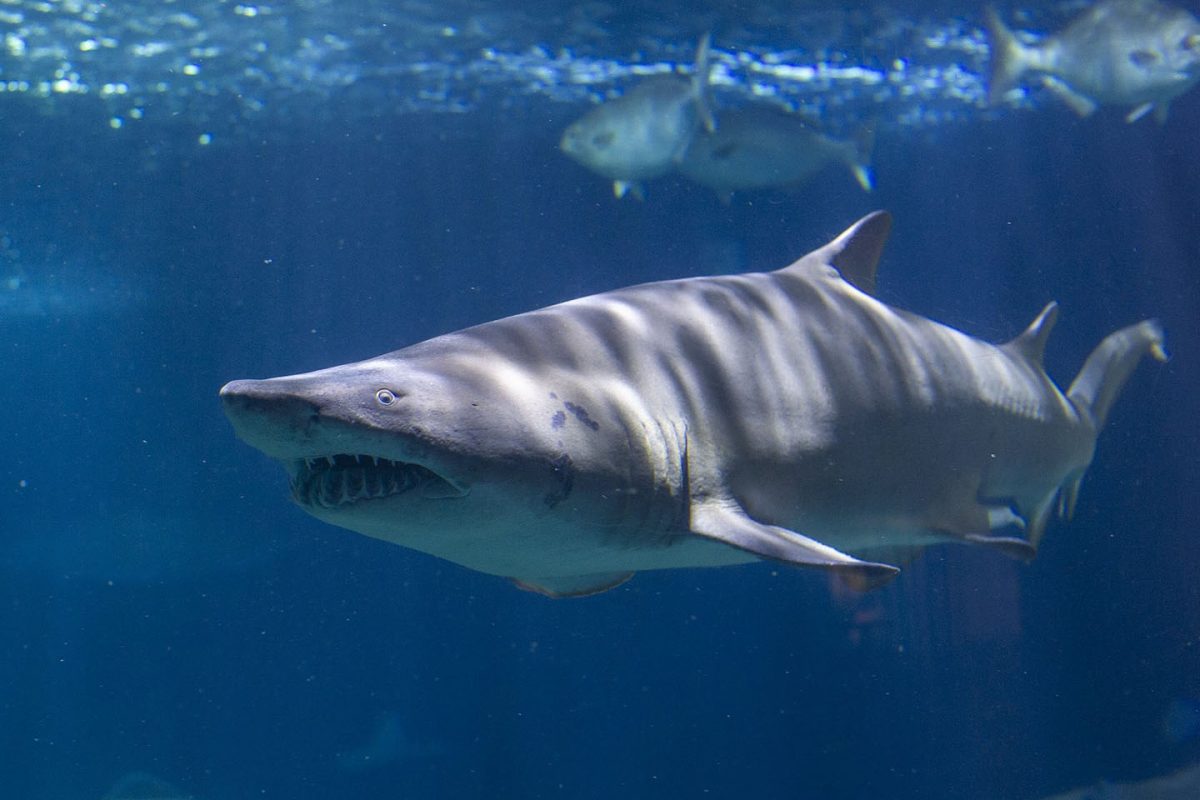
Top left: Rainbowfish. Top Right: Dwarf Crocodile. Bottom: Sand Tiger Shark.
Australia’s Great Wild North 3D is being presented locally by Tennessee American Water. The decision to support bringing the film to Chattanooga was an easy one because it highlights the essential worldwide importance of water, whether it’s the source of our local drinking – the Tennessee River – or the life-filled Aussie marshlands 10,000 miles away, says Tennessee American Water External Affairs Manager Daphne Kirksey,
“Water is one of the earth’s most precious natural resources, and Tennessee American strives to show future generations how vital it is that we protect and conserve it,” Kirksey says. “We believe in supporting educational outreach opportunities that inspire all generations to appreciate and keep water clean, locally and globally.”
After taking in the film, audiences can cross the street for a journey through the Aquarium, which is home to many Australian species. On their adventure from the mountains to the seas, guests will encounter native Aussies like Snake-necked Turtles, colorful Rainbowfish, enormous Barramundi, and Sand Tiger Sharks, better known as Grey Nurse Sharks to native Aussies.
While the Aquarium is home to any Saltwater Crocodiles, it’s not lacking in other crocodilians. Guests can meet a congregation of American Alligators in the Delta Country gallery or drop by the Rivers of the World gallery for a glimpse of the salties’ lesser-known African cousin (and the world’s smallest crocodilian), the Dwarf Crocodile.
For more information about Australia’s Great Wild North 3D or to purchase tickets, visit tnaqua.org/imax/